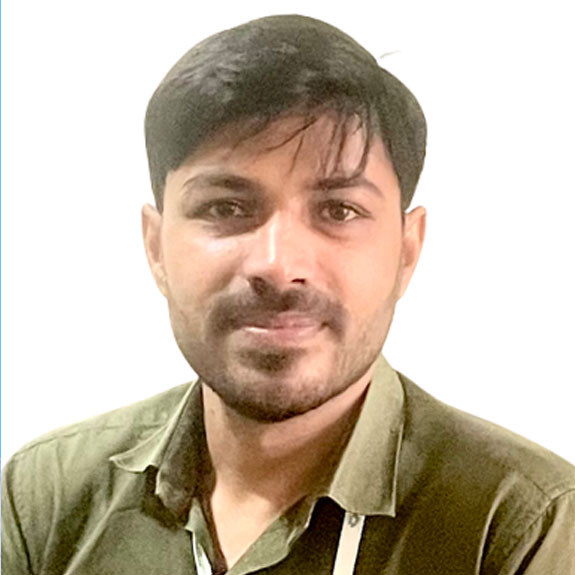
Vijil Kumar
Assistant Professor
Dr. Vijil Kumar is currently working as an Assistant Professor at the Department of Mathematics, in the School of Applied Sciences at KIIT Deemed to be University, Bhubaneswar, Odisha, India. Dr. Vijil Kumar has completed his Ph. D. in Mathematics and Computing in the year 2022 from Indian Institute of Technology (ISM) Dhanbad, Jharkhand, India. He received his Master’s degree in Mathematics from Gurukula Kangri Vishwavidyalaya, Haridwar, in 2015. He has 1 year of teaching experience at U.G. and P.G. level. He also has about six years of research experience in various fields of Applied Mathematics. His research interest areas include Numerical Analysis, Differential Equations (ODEs), Astrodynamics, Orbital Dynamics, Space Trajectory Optimization and Machine Learning. His broad area of research is space trajectory optimization based numerical and optimization techniques for solving ordinary differential equations.
Ph. D. in Mathematics and Computing
Awards & Honours
CSIR NET-JRF (AIR-61)
Memberships
1. The Indian Science Congress Association, Kolkata 2. Society of Applied Mathematics (SAM), IIT (ISM) Dhanbad
1. Kumar V., 2022, “The Generalization of Classical Porkchop Plot into 3D Porkchop Plot”, Aerospace Systems, Vol. 6, No. 1, pp. 1–9. DOI: 10.1007/s42401-022-00179-1.
2. Kumar V. & Kushvah B. S., 2022. “The transfer trajectory onto the asteroid for mining purposes using LPG-Algorithm” (Book Chapter: Non-Linear Dy- namics and Application), Springer Proceedings in Complexity, pp. 633–648, DOI: 10.1007/978-3-030-99792-2_52.
3. Kumar V., Kushvah B. S. and Bando M., 2022, “An alternative opportunity of future Psyche mission using differential evolution and gravity assists”, Aims Mathematics, Vol. 7, No. 4, pp. 7012–7025. DOI: 10.3934/math.2022390.
4. Kumar V. And Kushvah B. S., 2020, “Computation of Periodic Orbits around L1 and L2 using PSO Technique”, Astronomy Reports, Vol. 64, No. 1, pp. 82–93. DOI: 10.1134/S1063772920010059.

